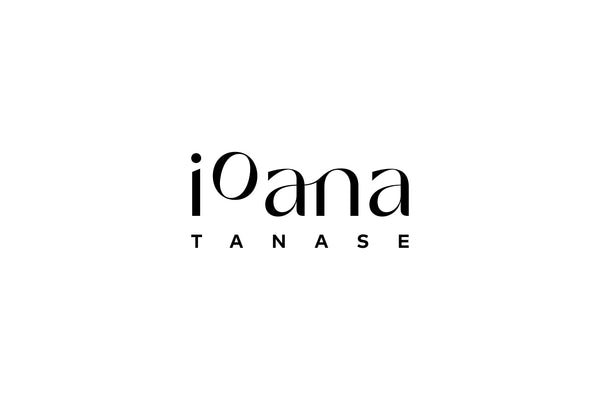
A quick framework to find your dream role in tech
Share
Over the years as an in-house tech recruiter I had many people sending me their CVs and asking "what roles they should apply for" or variations of that question.
That question is better addressed to a career coach or mentor, many times in-house recruiters specialize in certain types of roles thus not having the full perspective of all open jobs in a company.
By having that approach, accidently the message you might be sending is “I am not willing to put in the work to do my own research” or “I am confused”.
You need to take responsibility for your own career. You know yourself best, and thus are more likely to make the best decision. A complete stranger that is seeing your CV for the first time will not reasonably be in a position to identify your dream career path by just glancing at your resume.
Equally, “where do I go from here” can be daunting and a bit of a blank. While aligning purpose and work is one of the many keys to job satisfaction, figuring out what “it” is sometimes can be easier said than done.
A whooping 16,790 days pass from when we became adults to when we reach retirement age. The great reshuffles seems to be still in full swing, a recent study showing 32% of professionals are likely to search for a new job in the next 6 months.
- Research, research, research
If you already know the role you and industry you are going for research all the things about both.
On LinkedIn you can do a people search based on standard title and more. This can give you a great list of folks to learn from, get insights, and have a starting point of whom you might want to network with.
Moreover, by doing research you are more likely to have a better outreach – you already understand some elements about the company and potential role. You can have an informed conversation generating better answers for yourself and showing up as somebody who put in the research work. That pays dividends!
- If you don’t know where you want to go, take a self-discovery mental journey
I developed this framework when I felt very stuck in my career and I had not idea where I wanted to go.
- List the skills you are good at now, but you don’t enjoy. Avoid roles that have a high degree of those skills. While you might be great at them, they won't make you happy.
- Lists the skills you are good at now that you enjoy. These will be jobs that you can do today but chances are they won't stretch you too much or give you a big opportunity to grow.
- List the skills you need to learn that you would potentially enjoy. Jobs with a lot of those are your North Start.
- The overlap between the last points represent "transition jobs". This is where the magic happens, the intersection of skills you have and enjoy and skills you want to develop is the "transition jobs" area. Not only will this build on the expertise you have currently, it will also allow you to grow and move closer to your North Start. That's the sweet spot you want to target.
This exercise will act as a navigation map. You might do things today that are not necessarily your life’s passion. But they pay the bills or are a step in the direction of your dream job while you learn and develop for that next role.
